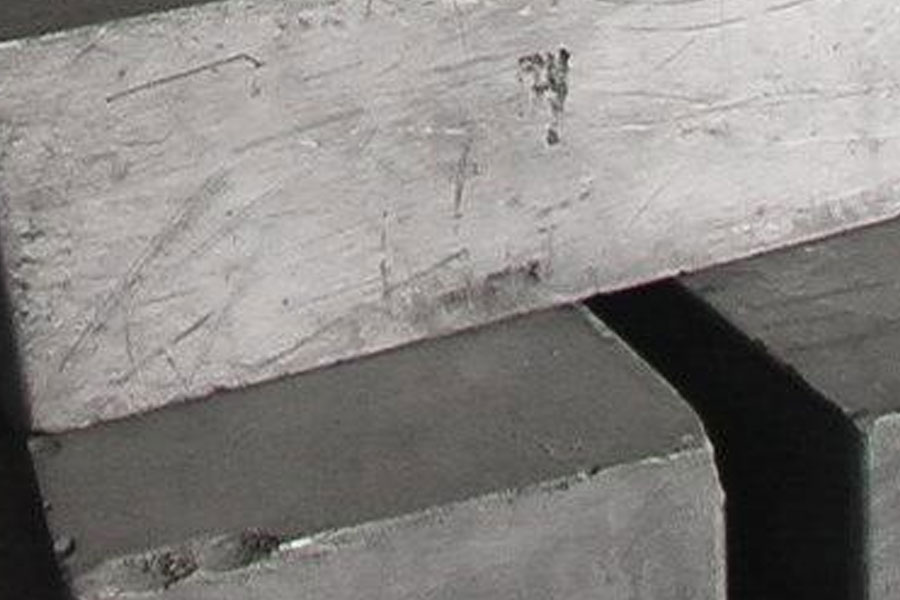CNC lathes all have spindle components, some have only one spindle component, and others have multiple spindle components. The machine tool spindle refers to the axis that drives the workpiece or tool to rotate on the machine tool. It is a hollow stepped axis. The hollow axis takes up a relatively large volume, but it can reduce weight. According to the analysis of material mechanics, when the rotating shaft transmits torque, from the radial section, the effect of transmitting the effective torque is greater outside. When the rotating shaft needs to transmit larger torque, a thicker shaft diameter is required. And because the effect of transmitting torque in the shaft center is small, it is generally hollow to reduce the weight of the rotating shaft. The main shaft components are usually composed of the main shaft, bearings and transmission parts (gears or pulleys).
The motion accuracy and structural rigidity of the spindle components are the factors that determine the machining quality and cutting efficiency. The main indicators to measure the performance of the spindle components are the rotation accuracy, stiffness and speed adaptability.
- ① Rotation accuracy: The radial and axial runout (see shape and position tolerance) under no-load and low-speed conditions mainly depends on the manufacturing and assembly quality of the main shaft and bearings.
- ② Dynamic and static stiffness: mainly determined by the bending stiffness of the main shaft, the stiffness and damping of the bearing. Insufficient static rigidity of the spindle will have a direct impact on machining accuracy and machine performance.
- ③ Speed adaptability: The maximum allowable speed and speed range are mainly determined by the structure and lubrication of the bearing, as well as the heat dissipation conditions.
The spindle component is the executive part of the machine tool. Its function is to support and drive the workpiece or tool to complete the surface forming motion, and at the same time it also plays the role of transmitting motion and torque, bearing cutting force and driving force and other loads.
Spindle aperture is also one of the factors affecting stiffness
The inner hole of the spindle is used to pass the bar and tool clamping device, and can also be used to connect the pneumatic (hydraulic chuck) coupling piece (hollow rod). The larger the diameter of the inner hole of the spindle, the larger the diameter that can pass through the bar, the wider the range of use of the machine tool, and the lighter the spindle components. The inner diameter of the spindle is mainly restricted by the rigidity of the spindle. When the ratio of the spindle bore diameter to the spindle diameter is less than 0.3, the rigidity of the hollow spindle is almost equivalent to that of the solid spindle: when the ratio of the spindle bore diameter to the spindle diameter is 0.5, the rigidity of the hollow spindle is the rigidity of the solid spindle 90 %; When the ratio of the inner diameter of the spindle to the diameter of the spindle is greater than 0.7, the rigidity of the hollow spindle drops sharply.
